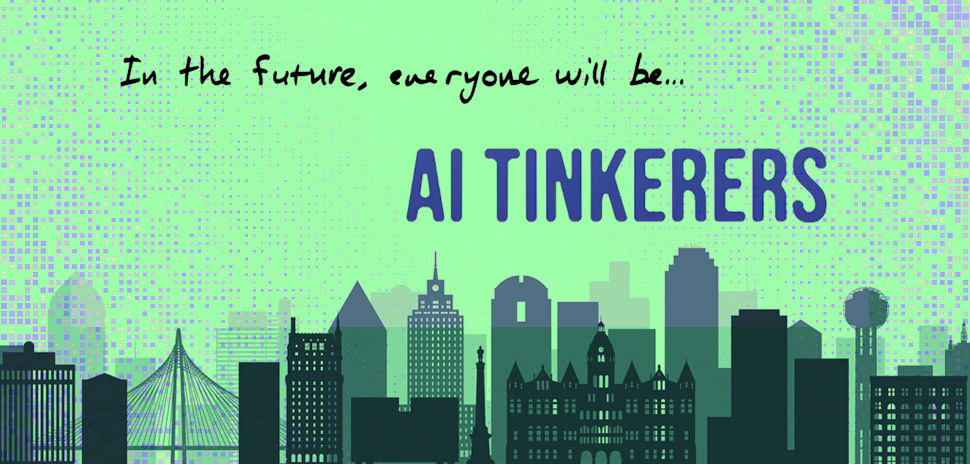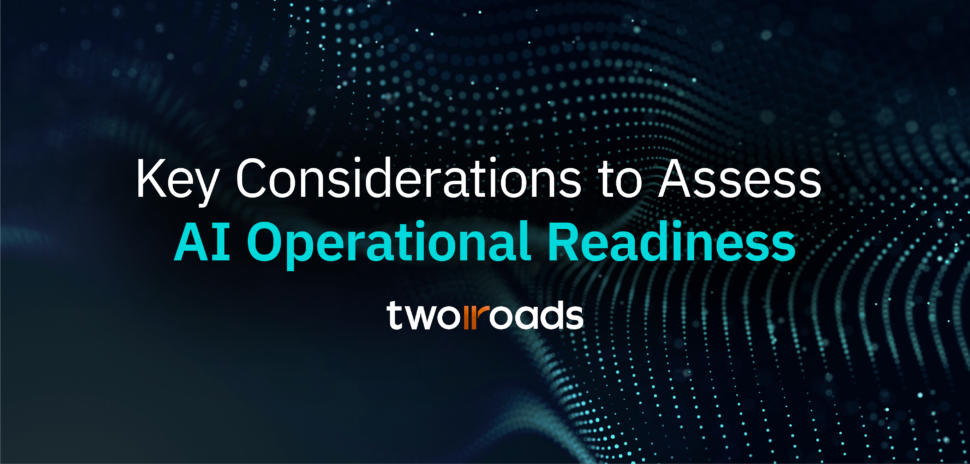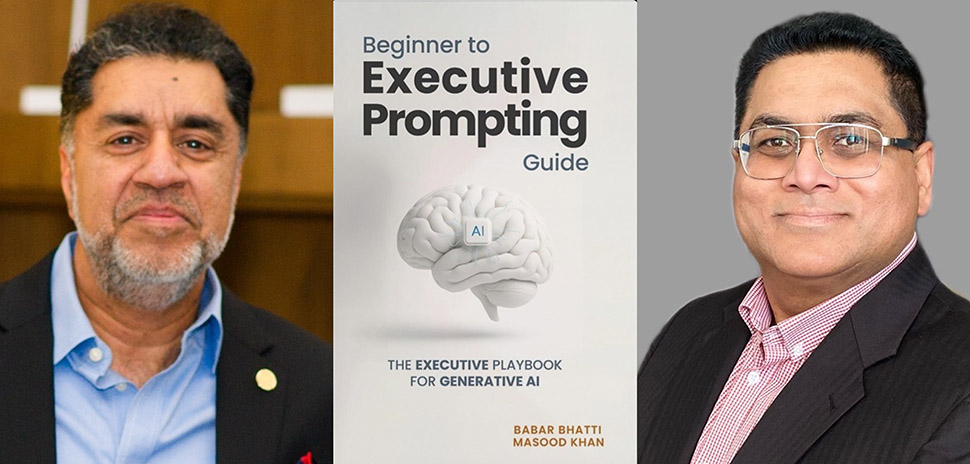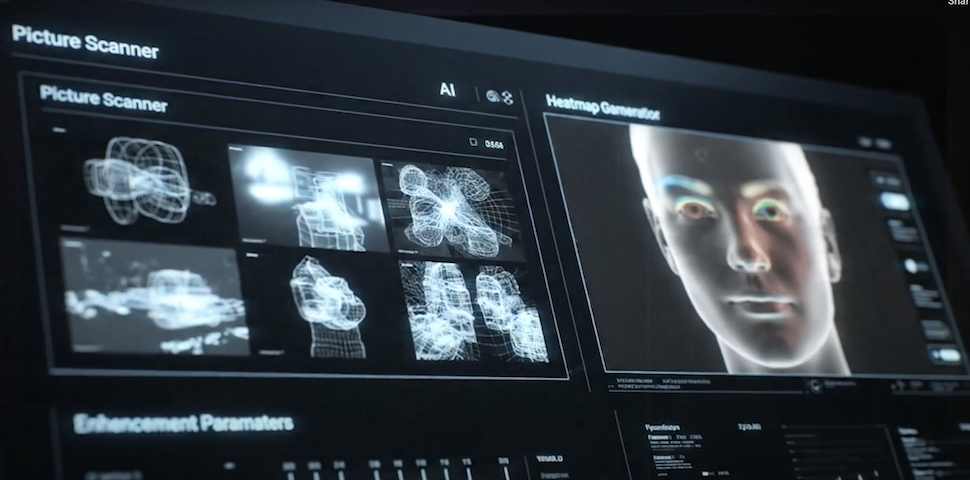
4KAgent from Topaz Labs and its partners. [Video still: Topaz Labs]
Dallas-based Topaz Labs says its has developed “the first fully agentic AI photo restoration system” in collaboration with Texas A&M University and scholars from Stanford University, Caltech, and others.
The open-source framework integrates more than 50 specialized AI models to autonomously analyze, plan, and restore images, “mirroring the decision-making process of a professional editor,” Topaz said. Traditional photo restoration requires both domain expertise and the careful orchestration of specialized AI models for denoising, deblurring, upscaling, face recovery, and more.
“We want to democratize professional-grade image quality,” Xiaoyu Wang, head of AI at Topaz Labs, said in a statement. “Our agent diagnoses the photo, plans an action graph like a human editor, executes, checks its work, and adapts until the result is right. This is a first step toward true agentic image editing.”
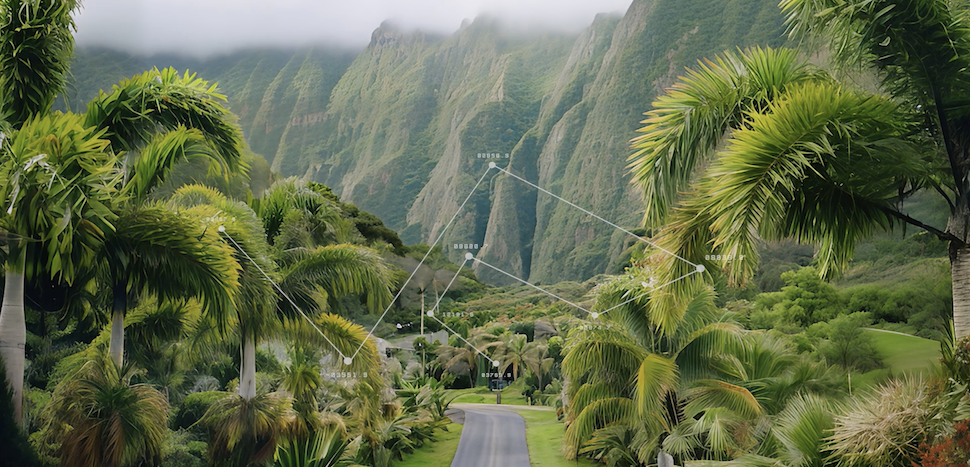
4KAgent from Topaz Labs and its partners. [Video still: Topaz Labs]
Topaz said the new agentic system automates this process by:
Diagnosing the input image to detect issues like noise, blur, or artifacts
Planning an action graph — a sequence of restoration steps tailored to that image
Executing the plan by drawing from a library of 50+ specialized models
Evaluating and Adapting after each step, checking output quality and revising the plan if needed
Topaz said the system functions like a digital photo editor, one that can reason about quality, reflect on its work, and continuously adapt until the best possible image is achieved.
New ability to adapt
The project was initiated through a research partnership with Texas A&M University, with additional contributions from affiliated scholars at Stanford University, Caltech, CU Boulder, Snap Inc., UT Austin, California Institute of Technology, and UC Merced.
Topaz Labs said it provided research direction, funding, and system integration to bring the collaboration to fruition.
“What makes this system different is that it doesn’t just apply models blindly,” Wang said. “It perceives the image, reasons about what’s wrong, and chooses the right tools to fix it. If the results aren’t good enough, it reflects and replans. That ability to adapt makes it fundamentally new.”
Researchers involved in the project emphasized the broader scientific implications of such adaptive AI systems.
“This work represents a paradigm shift from passive AI models to active, reasoning systems,” Zhengzhong Tu, assistant professor of Computer Science and Engineering at Texas A&M University, said in a statement. “By embedding perception, planning, and reflection into a single framework, we’re moving closer to AGI that truly collaborates with humans in creative and professional workflows.”
Why it matters
The team said it has open-sourced the system to accelerate research progress in agentic AI and to support educators, developers, and creators exploring new approaches to image restoration.
Here’s why that matters, per Topaz:
Democratization of quality: Anyone can produce professional-grade images without expert-level tools or knowledge
Foundation for future systems: As new restoration models emerge, they can be integrated seamlessly into the agentic workflow
Broad applicability: The system has shown strong results across natural photos, AI and CGI-generated images, and even scientific imagery such as X-rays, demonstrating its potential in creative, professional, and research domains.
Raising the bar: Open collaboration encourages higher standards of quality across both academic and commercial imaging
Founded in 2005, Topaz Labs is a leader in AI-powered image and video enhancement. Its technology is used by 1.5 million customers, including 20 of the world’s top 50 companies.
Don’t miss what’s next. Subscribe to Dallas Innovates.
Track Dallas-Fort Worth’s business and innovation landscape with our curated news in your inbox Tuesday-Thursday.
R E A D N E X T
Data scientist Anmolika Singh put Dallas on the global AI Tinkerers map. At the first meetup, more than 30 pros—founders to Fortune 500 technologists—showed up to trade ideas, projects, and solutions.
Avoid common pitfalls with practical insights from guiding Fortune 500 companies through AI adoption
AI seem overwhelming? Just go to office hours.
Most people are getting AI all wrong—asking random questions and getting mediocre results, say Babar Bhatti and Masood Khan. Their new guide shows how to prompt like a pro and turn AI into your strategic team.
Palo Alto, California-based Fiddler AI said its $18.6 million Series B extension brings the round’s total funding to $50 million. The company said the funds will help it “continue to build momentum in AI observability and AI safety.”

